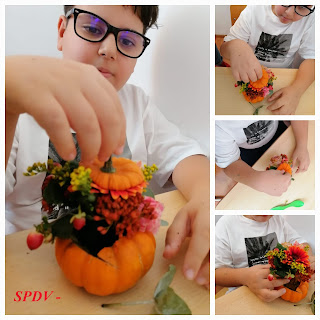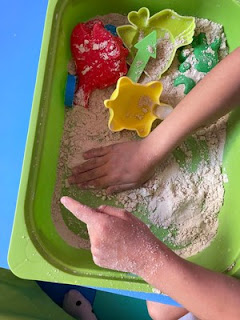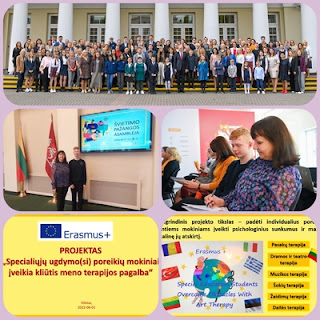AUTUMN ART THERAPY

ROMANIA Art can express anything, from a simple vision that springs from the unconscious of our psyche, turning into a matter of reflection or self-reflection, up to the most abstract ideas, generating emotions. The process of drawing, painting or building is a complex one, in which the child brings together various elements of his experience to re-build a new whole, with a new meaning. LITHUANIAN AUTUMN FESTIVAL This traditional, but each time new, celebration invited the school community to enjoy the colours of autumn and its bounty. The symbol of this year's celebration - a giant hedgehog - invited the children to a harvest exhibition, riddle competitions, games, songs and dances, and a festival full of therapeutic elements.





